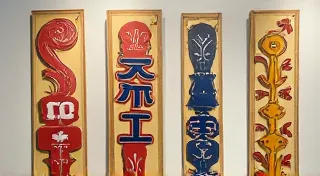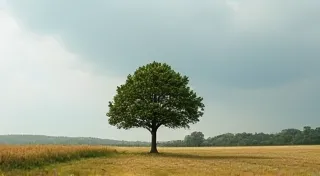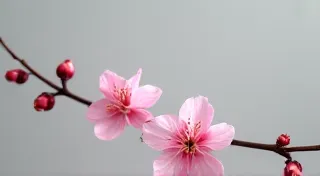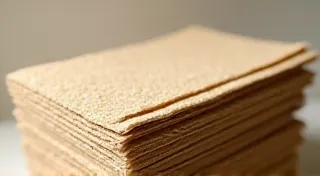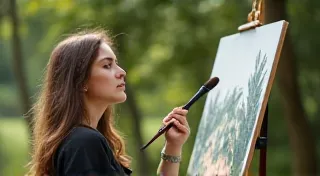Painting a Single Bamboo Stalk in Sumie: A Step-by-Step Guide
The graceful, resilient bamboo stalk is a beloved subject in Sumie painting. Its simplicity belies the skill required to capture its essence. This guide provides a beginner-friendly approach to painting a single bamboo stalk, focusing on composition, shading, and understanding the principles of capturing natural forms in Sumie.
Materials You'll Need
- Japanese Sumi Ink (start with a standard black ink)
- Sumi Brush (a medium-sized brush is recommended for this exercise)
- Japanese Washi Paper (or any absorbent paper – practice paper is fine)
- Water
- Ink Stone (or a small dish for your ink)
- Clean Cloth (for wiping your brush)
Understanding Bamboo in Sumie
Before we begin, it's helpful to understand what we’re trying to achieve. In Sumie, it’s not about replicating a bamboo stalk perfectly. It's about conveying its spirit – its strength, flexibility, and connection to nature. Observe real bamboo or reference images carefully. Note how the light plays on its surface, how the nodes create shadows, and how the leaves emerge.
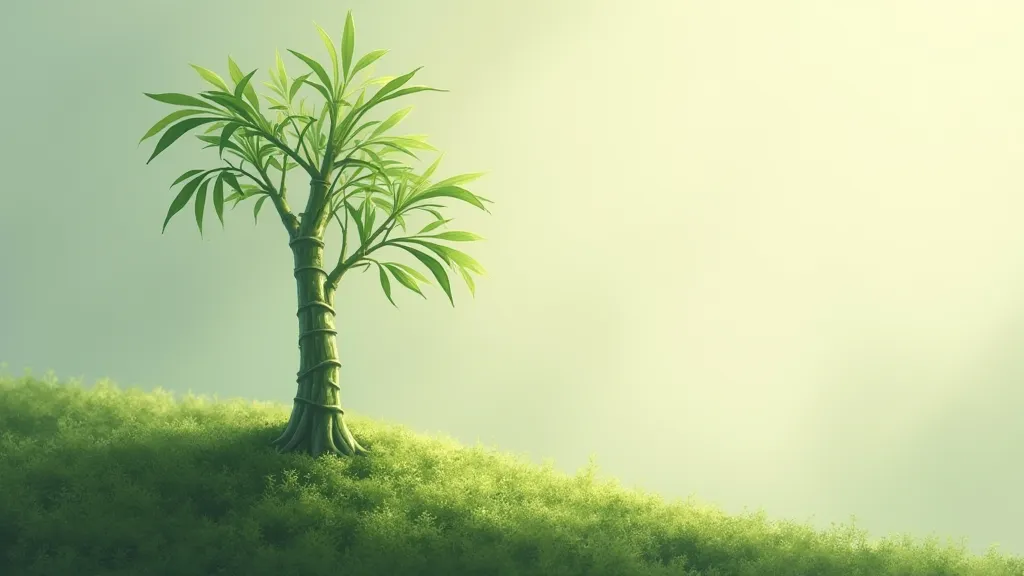
Step-by-Step Guide
1. The Initial Wash (The Foundation)
Dip your brush into water, then into the sumi ink. The amount of water will dilute the ink, creating a lighter tone. Lightly wipe some of the ink from your brush onto a clean cloth. Gently place a light wash across the paper where you intend to position your bamboo. This initial wash establishes the underlying tone and helps the painting feel unified. Don't worry about details at this stage - focus on an even, subtle wash.
2. Defining the Stalk (The Outline)
Using a slightly more concentrated ink (a bit less water), begin to sketch the basic shape of the bamboo stalk. Sumie is not about harsh lines. Use a loose, flowing stroke. Consider the angle of the stalk and its curve. Don't be afraid to let the ink bleed slightly – this adds a natural feel. Think about where the light is coming from and use slightly lighter strokes on the illuminated side.
3. The Nodes (Creating Depth)
The nodes (the bumps along the stalk) are crucial for defining the form. These are darker areas, so use slightly more ink. Don't make them perfectly round - natural forms are rarely perfect. Vary the size and darkness of the nodes to create depth and visual interest. Pay attention to the shadows they cast.
4. Shading and Texture (Bringing it to Life)
Now, refine the shading. Use a lighter ink for the areas that catch the light and a darker ink for the shadowed areas. To create texture, use quick, short strokes, varying the pressure on your brush. Don’t try to replicate every detail – focus on suggesting the texture of the bamboo.
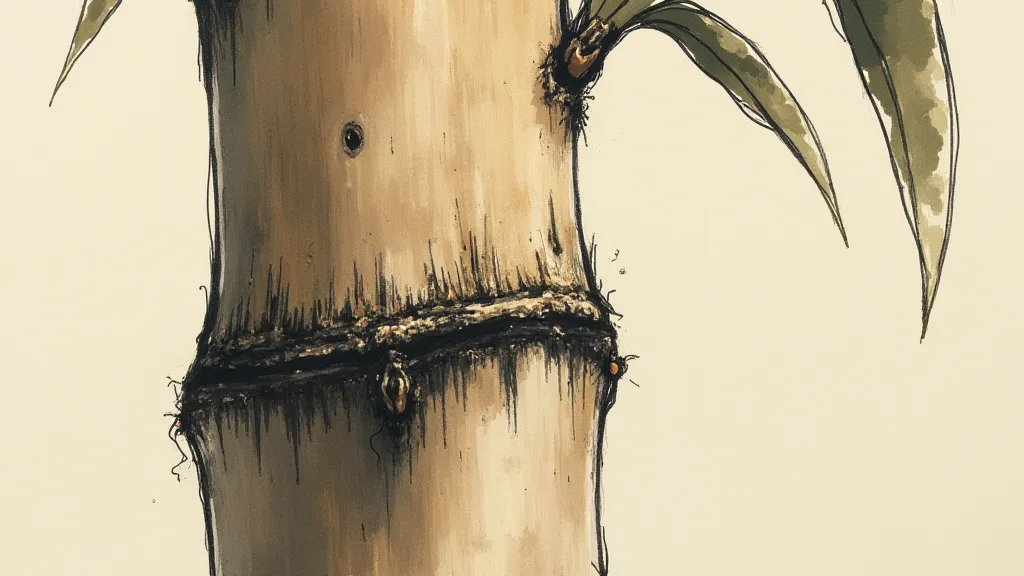
5. Adding a Hint of Leaf (Optional)
A single, simplified leaf can enhance the composition. Use a very light wash to suggest the shape and direction of the leaf. Avoid details; a few strokes are enough.
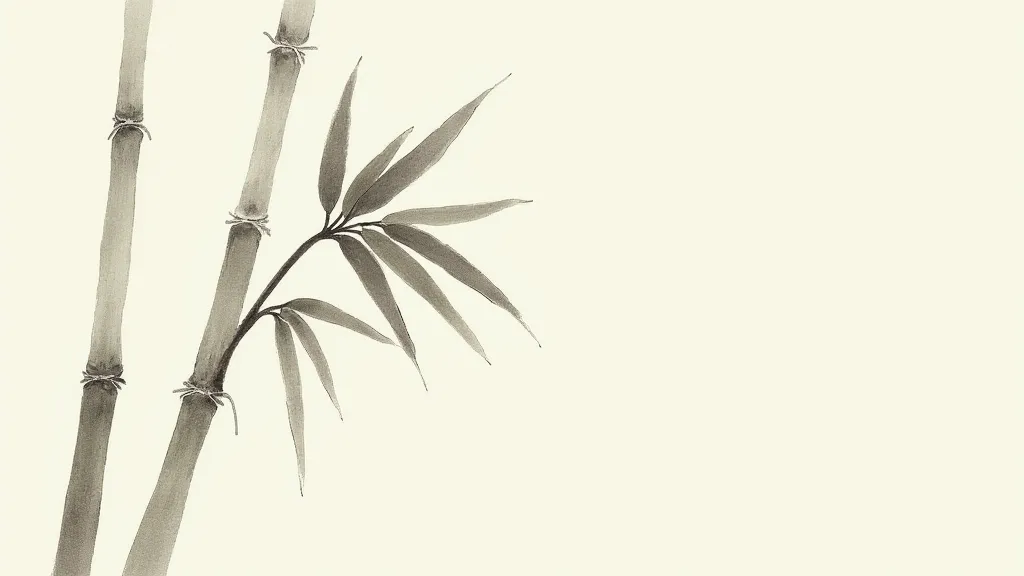
6. Review and Refine
Step back and observe your painting. Are the proportions correct? Is the shading convincing? Make any necessary adjustments. Remember, the beauty of Sumie lies in its simplicity and spontaneity. Don't strive for perfection - embrace the imperfections.
Key Takeaways
- Observe nature carefully.
- Practice brush control.
- Embrace the flow and spontaneity of Sumie.
- Don’t be afraid to experiment!
This guide provides a foundation for painting a single bamboo stalk in Sumie. With practice and observation, you'll develop your own style and technique. Enjoy the journey!
